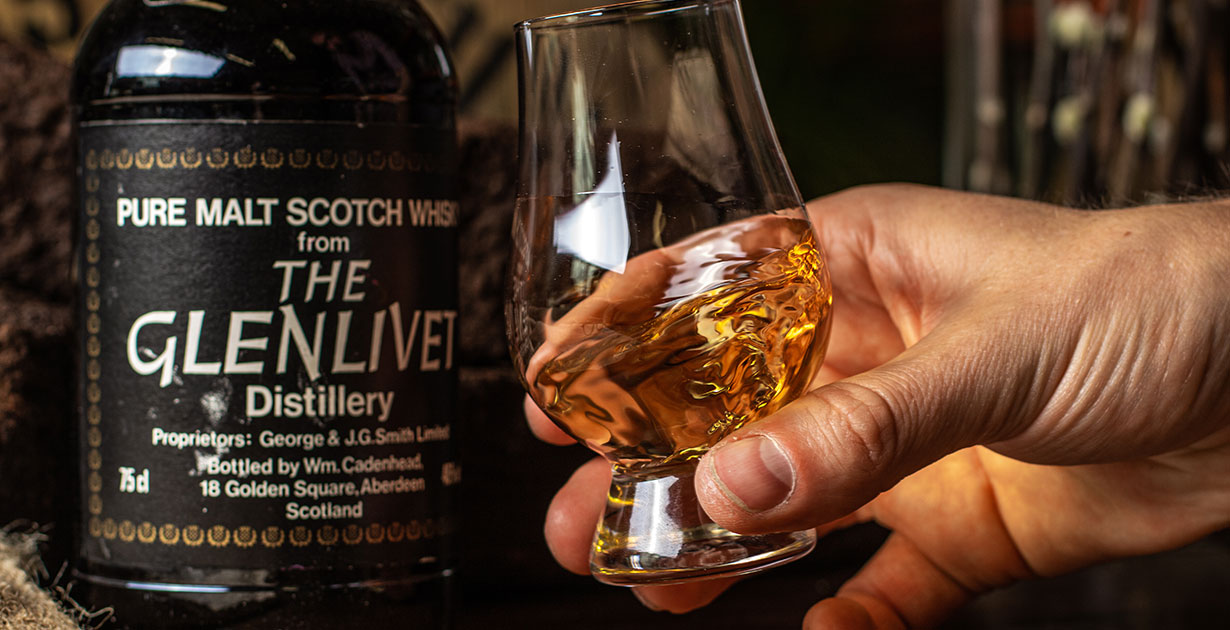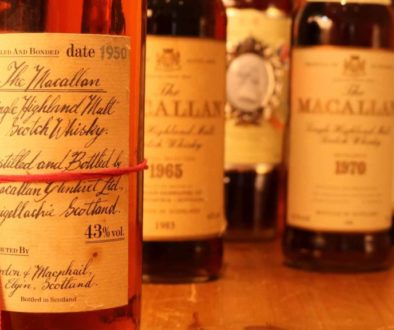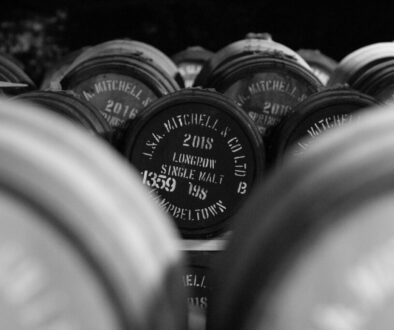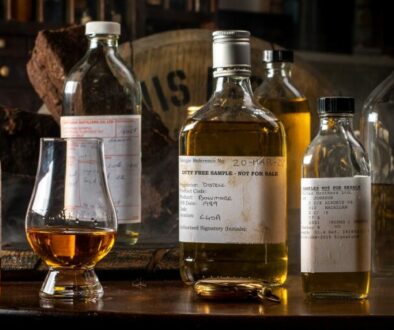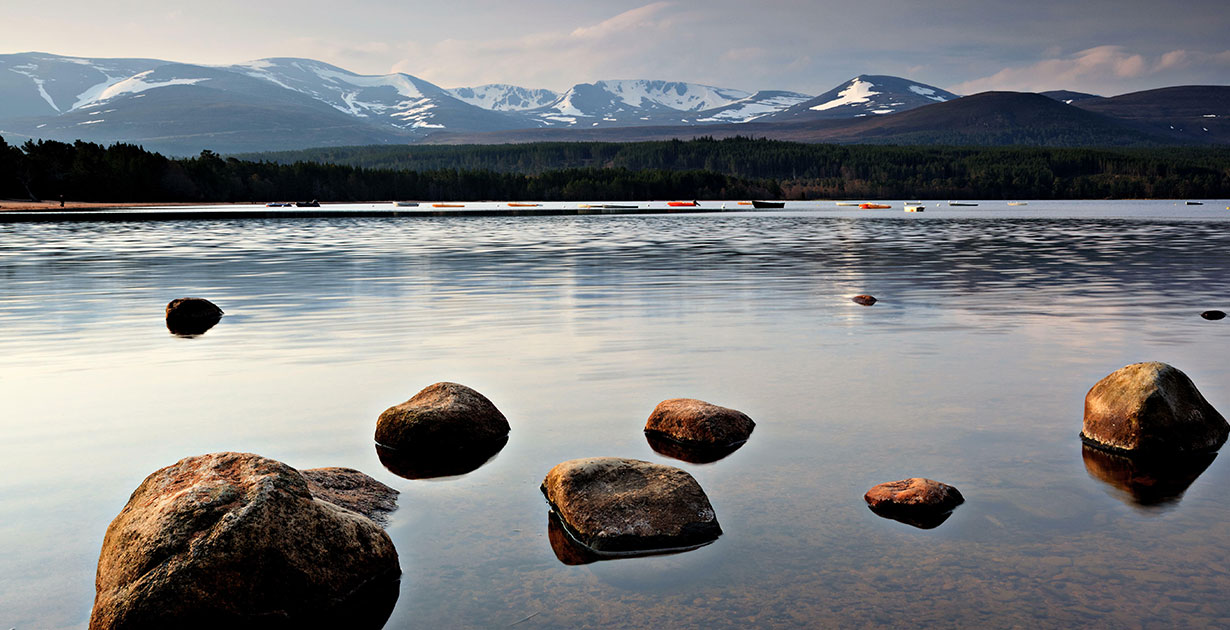
Speyside is one of the 6 whisky regions of Scotland (or 5, depending on your classification of the islands), and is known for producing well-rounded whiskies with fruity influences and just a hint of peat. The region is also known for its use of sherry casks, which give Speyside whisky a distinctive profile.
This corner of Scotland is full of fascinating distilleries and whiskies and also has a rich history and culture.
Here are a few fun facts about Speyside.
1. The region is named for the River Spey
Speyside is located in the northeast of Scotland and encompasses the area surrounding the River Spey.
The River Spey is 107 miles long. Along its shores and in the rest of the region there are over 60 Scotch whisky distilleries, making Speyside the most densely populated whisky region in Scotland.
Watch Our Latest Videos
2. Speyside’s geography holds the key to its success
Prior to the Excise Act of 1823, whisky distillers in Scotland produced the spirit illegally. Speyside was perfectly positioned for illicit whisky distillers as it was protected by the Cairngorm mountains to the south, the North Sea to the north, and bitterly cold winters. As such, excise men were considerably less likely to venture into the harsh winters to shut down illicit stills.
By the time the Excise Act was passed, Speyside had a rich distilling history with pure water sources, a host of peat, and locally grown barley to use for whisky production.
3. Glenlivet was the first legal distillery in Speyside
George Smith, a former illicit distiller and local farmer in Speyside, was granted the first official distilling license after the Excise Act of 1823 was passed. Smith used this license to establish The Glenlivet Distillery in 1824.
Glenlivet is one of the most recognisable and enduring Speyside distilleries. It is located in Ballindoch, at the very north of the Cairngorms National Park.
4. The Strathspey Railway opened a lot of doors for Speyside distilleries
For much of its history, Speyside was a very isolated region. Whilst this was fortuitous for illicit distillers in the 18th century, it was a hindrance for legal distillers because of limited access to cities and the blenders that had set up shop in Glasgow and Edinburgh.
So, when the Strathspey Railway was built in 1854, it produced many opportunities for Speyside distillers to reach a larger market and begin to take advantage of the blending market. Blenders were also pleased to have access to Speyside as the region was known for producing higher-quality and more complex whisky than other regions at that time.
In 1861, the railway was extended up to Keith, near Elgin. Distilleries began to pop up around the railway, taking advantage of the improved access to the south. Some of the distilleries along the railway include Aberlour, Tormore, and Balmenach.
5. King George IV was a lover of Speyside whisky
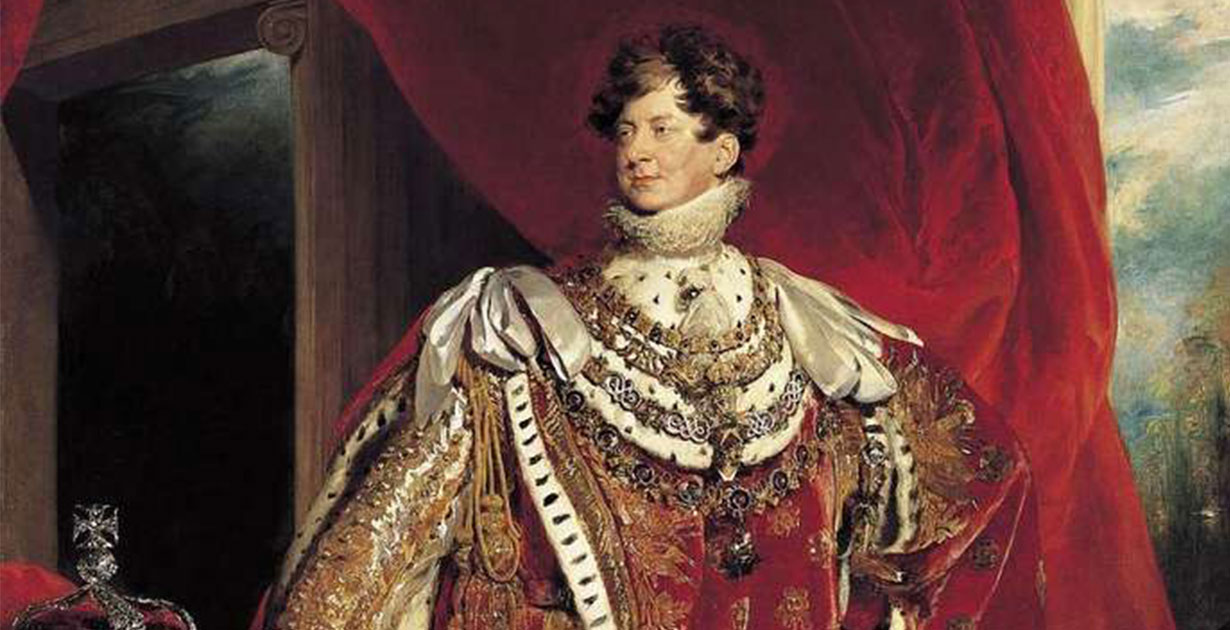
When King George IV visited Edinburgh in 1822, he became the first reigning monarch to visit Scotland in almost 200 years. During this visit, he sampled a whisky that was distilled and matured deep in the heart of Speyside, near Glen Livet (the whisky itself was not from The Glenlivet distillery, as this was not founded until 2 years later).
George IV was so taken with the whisky that he asked for a full supply to take back to England. Unfortunately, the whisky was being distilled illicitly, and was unavailable outside of the Highlands.
The King’s love for Speyside whisky brought the issue of Scotch whisky distillation to the forefront of public debate and, just one year later, the Excise Act of 1823 was passed. In tribute a blended Scotch whisky named King George IV was released in the late 1800s.
Buy Speyside Whisky On The Mark Littler Shop
Browse selected Speyside whiskies below, or visit our shop to see the full collection of Speyside drams.


